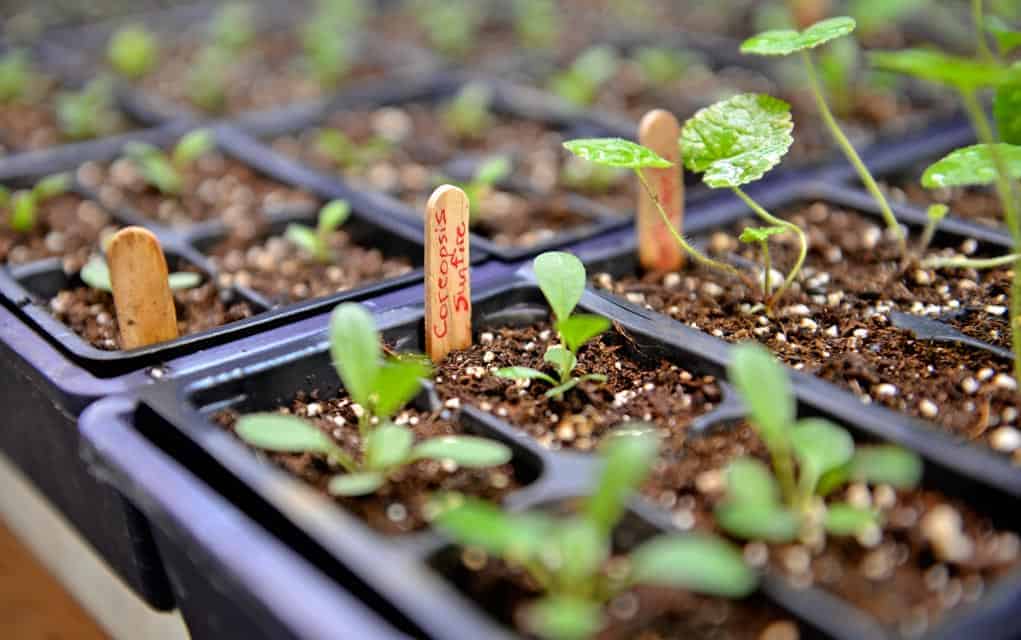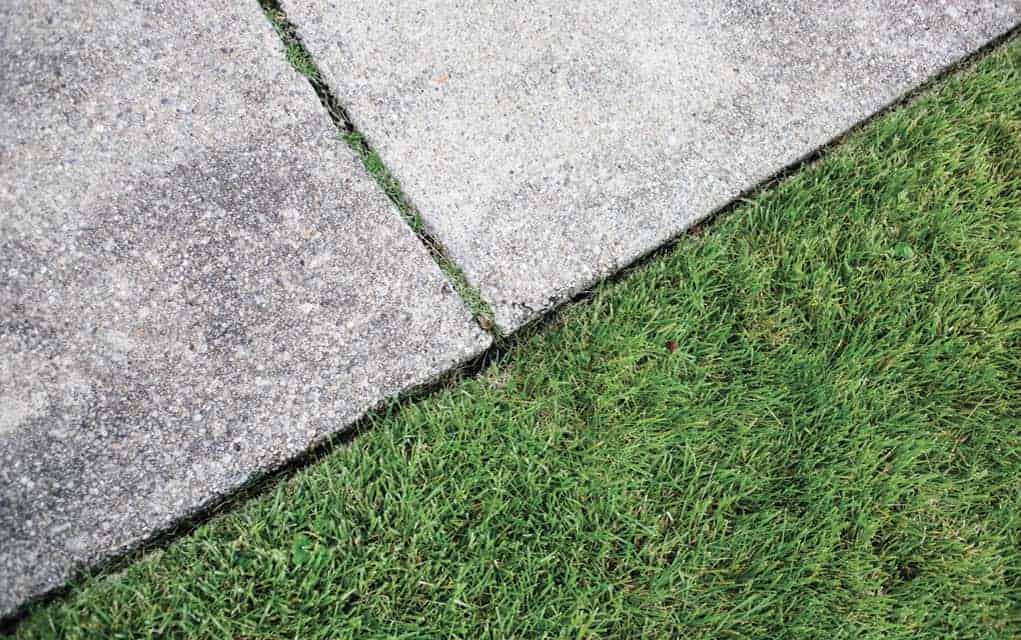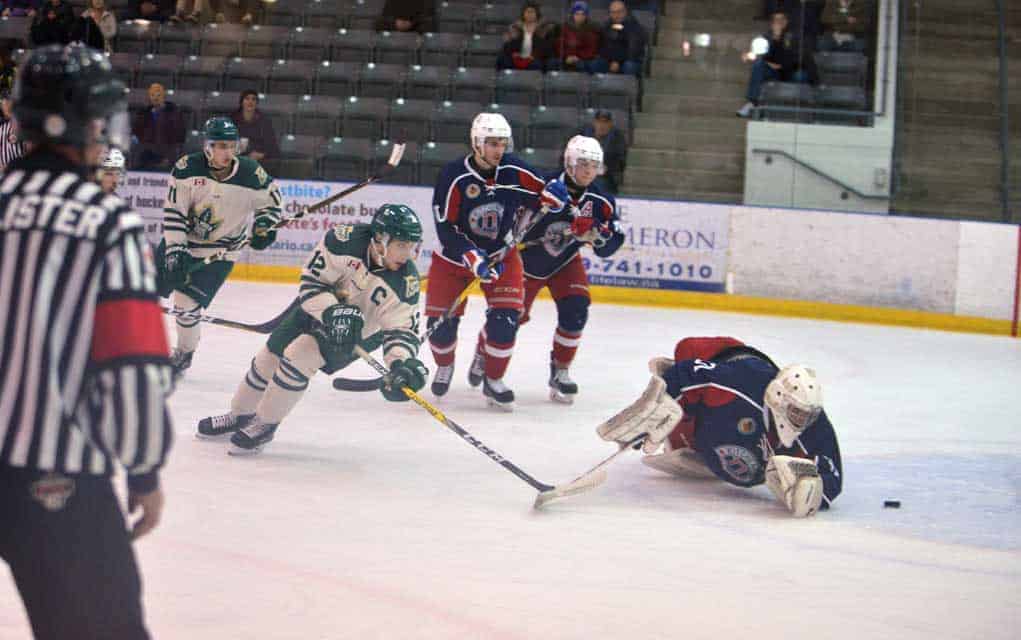It’s officially spring, but digging in the dirt, watering and pruning may be the last things on most people’s minds right now, given the up-and-down weather.
While prime planting time usually awaits the May long weekend, for avid gardeners such as Rosely Schwarz and Marg Brubacher, it’s never really too soon to get a jump on spring planting.
Both Elmira women start their plants indoors during the winter. Some plants have to be started earlier in the year if you want them to bloom in the garden, but for other plants it’s just cheaper to start the seeds yourself.
“I would say most of it is for economical reasons,” said Rosely Schwarz.
“It can be cheaper if you do your own thing, although you can get things from greenhouses and that’s fairly inexpensive. … For me to do it, I do it more for the psychological reasons, it just lifts me up.”
Schwarz says helping something grow inside is a good visual reminder that winter is almost over.
She starts half of her peas indoors in the winter and half outdoors in the spring. About a month before planting time she’ll plant some of her peas indoors in one-litre milk cartons. Because she does a lot of vertical gardening she’ll plant multiple rows together which will grow up a trellis. She also grows pole beans the same way.
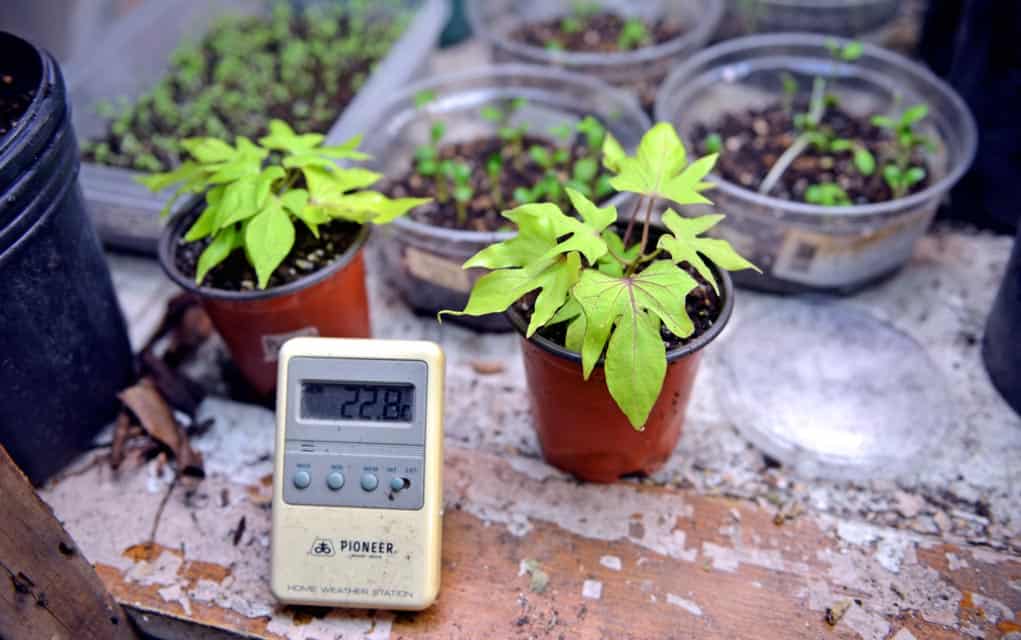
“We can start eating peas two weeks earlier than the ones that I’ve planted directly into the ground, so it’s a bit of a head-start,” Schwarz said.
She also uses her indoor gardening as a chance to experiment, like making her own seed tape for carrots and beets. When you plant the tape, you don’t have to worry about fiddling with little seeds.
This is her third year experimenting with growing sweet potatoes indoors.
“The first year they all came out like little branches and so then I started them earlier last year and they did get thicker, and then I found out over the fall that if the soil is too nutrient-dense they don’t fatten up. So this year I’ve got to keep the nutrient level down to see if it makes a difference,” Schwarz said.
She’s also tested out some recycle gardening to see what’s really worth it. Vegetables like lettuce and Swiss chard work well for this method where you plant the remains of a vegetable and it will start growing new leaves, which you can cut off to eat.
Companion planting is another technique she’s tried, like growing dill and parsley between her tomato plants, which is supposed to help with pest control.
For those new to indoor planting, she says first you’ll need a sun-facing window. South is the best, but the next best is west. Get a grow light and use a large pot to plant a few seeds to see how it goes.
Brubacher started some of her seeds in January in her cellar, something she’s been doing for 20 years.
When she and her husband first moved into their home there were soybeans growing right up to the house. Since then, they’ve transformed their backyard through years of planting and gardening – much of it starting inside in the winter.
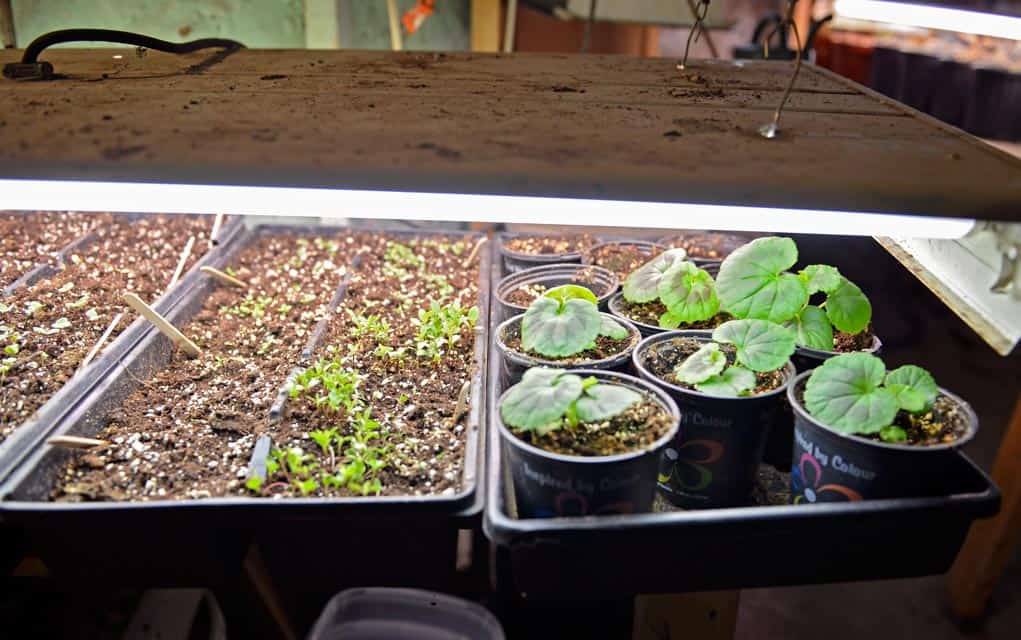
“The first year we were here I spent $500 on annuals and I’m, like, ‘I can’t afford this.’ So then I started growing them myself and even when I was growing them myself, I went as high as $1,000 a year on purchased annuals. I’ve cut back in the last few years,” Brubacher said.
In her cellar, she has already started her tomatoes, kale, basil, geraniums, blue salvia, petunias, zinnias and asters – to name a few.
She has bulbs planted that will take another month to come up. Her kale is already showing and her geraniums are a couple inches high.
She started her castor beans in January which are already visible in her sunroom.
Marigolds germinate in just three days. She’ll start them at the end of the month.
“Some annuals are really good, like the marigolds for example. You can plant them right into the rows in your garden and they’ll still bloom in the summer,” Brubacher said.
She held a perennial sale at the end of her driveway for five years, which she gave up three years ago. The last year she did it she had 5,000 pots of plants that she divided from her own plants for sale.
“My own plants are more hardy than anything I buy in a greenhouse. If you buy stuff in a greenhouse and it’s already blooming and bushy and all this kind of stuff and you take them from the greenhouse and you put them right into your garden, they’re going to suffer,” Brubacher explained.
For two weeks she’ll bring her plants inside every night and outside during the day prior to being planted. This is called hardening off, so they don’t suffer.
Brubacher is right when she says it’s definitely a learning process.
“You have to know when to plant what first. You have to buy pro mix. It has to be very light. You can’t just use garden soil, it has to be a special soil. You put just a very thin layer of soil over the seeds and keep them well watered. And I always keep them covered with plastic until they’re germinated and then pull the plastic off,” Brubacher said.
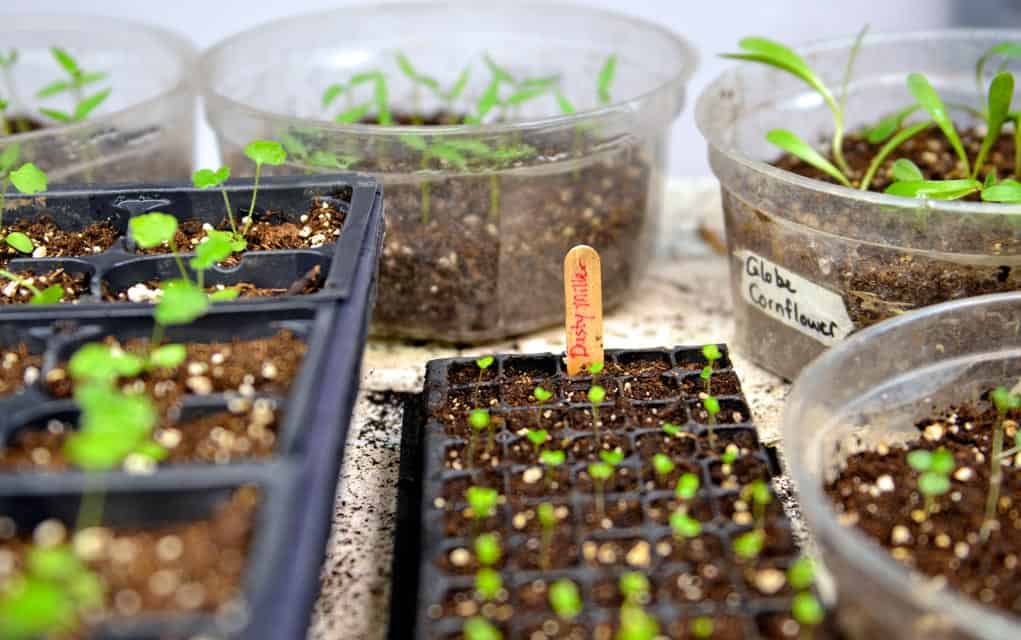
She has a sunroom full of plants which she doesn’t start from seed like the plants in her cellar. Rather, she brings them in over the winter to be replanted in the spring.
When she brought her Persian palm elephant ears inside in October she cut them right off. Now they’re over five feet tall. She also has a little orange tree inside that has small oranges during the winter and blooms all summer long outside.
“Back here on the deck I have a hot frame. So as soon as it gets warm enough I’ll take those basil plants I have in there that I’ve stripped and I’ll plant them in there and I’ll plant some other little ones from downstairs and keep the window closed at night and a little bit open during the day. So then I’ve got early herbs, a month before anything’s ready in the garden,” Brubacher said.
Starting your seeds indoors over the winter is pretty popular in this area, and in another month there will be a lot more greenery sprouting indoors.
“This is why we have greenhouses because our season is too short. So you have to start things indoors or you’re not going to have it bloom in the garden.”


